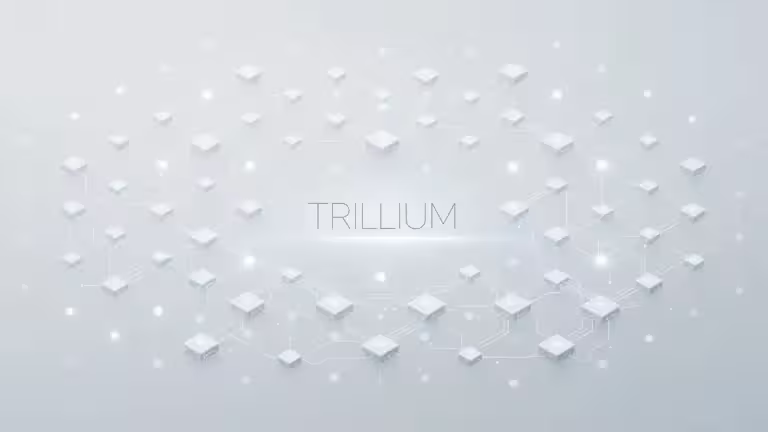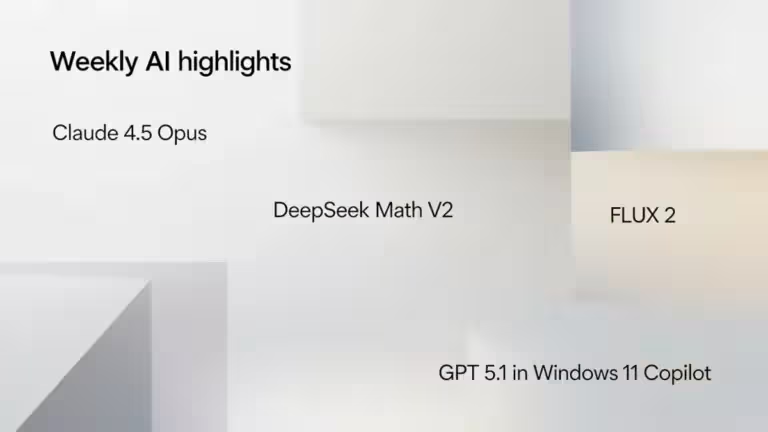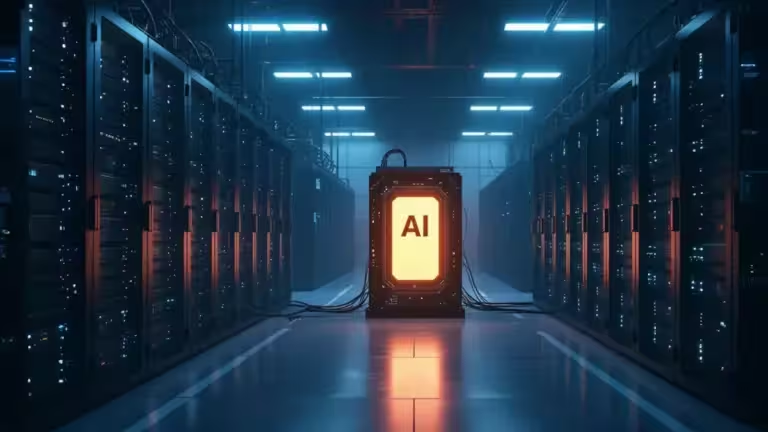European Cybersecurity 2025: Toward a Unified Defense in the Age of Generative AI
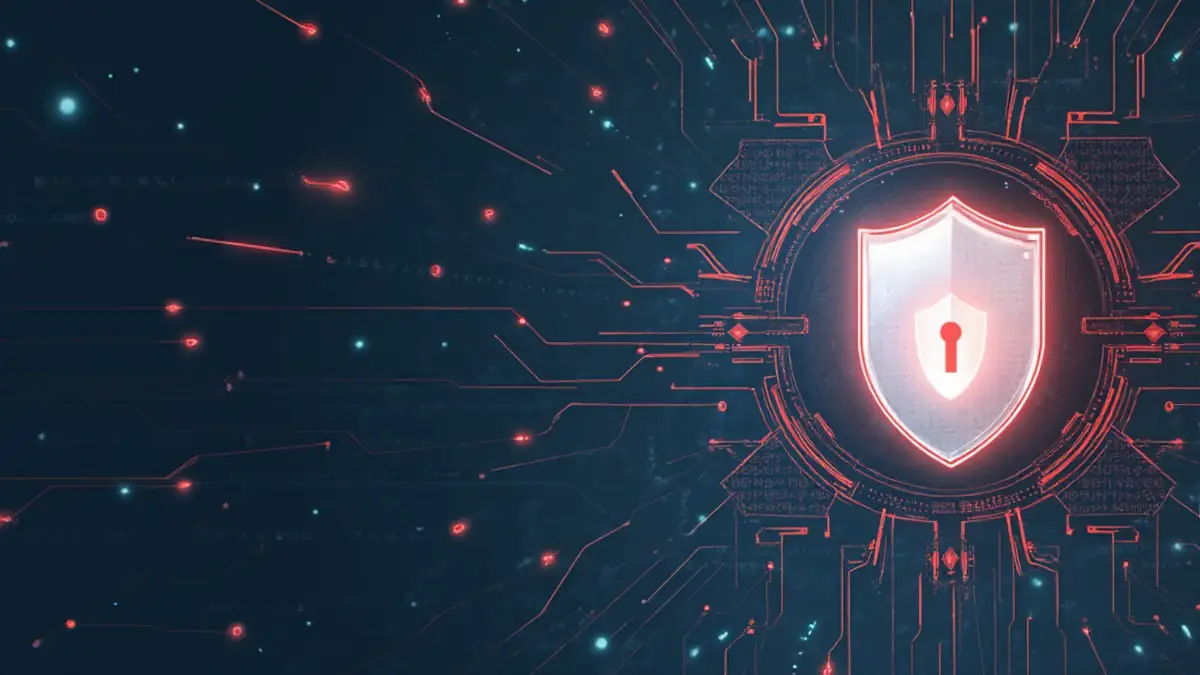
The year 2025 marks a turning point for cybersecurity in Europe. Cyberattacks are skyrocketing, ransomware incidents are multiplying, and artificial intelligence is becoming the new weapon on the digital battlefield. Facing increasingly sophisticated threats, the European Union is tightening its defenses. With the AI Act, the NIS2 Directive, and the Cyber Solidarity Act, Europe is moving toward a unified and proactive cyber defense strategy.
Europe becomes the prime target for AI-powered cyberattacks
From automated ransomware to hybrid cyber warfare
According to the ENISA Threat Landscape 2025 report, attacks targeting Europe have increased by 46% compared to 2024. Automated ransomware campaigns and AI-boosted phishing are now the dominant threats. Europe has become the most attacked region in the world, with over 3.2 million DDoS incidents recorded across the EMEA zone (Europe, Middle East, Africa).
The telecommunications and public administration sectors are the most targeted in Europe, representing about 25% and 38% of reported incidents. Critical infrastructures such as energy and transport also remain frequent targets of hacktivist operations and state-sponsored groups. (ENISA – Threat Landscape 2025) (Industrial Cyber – ENISA 2025 summary)
The education sector, often highlighted in earlier studies, remains exposed due to the rapid digitalization of universities and research data, but it no longer ranks among the top three most attacked sectors in 2025.
One of the most publicized cases this year was the cyberattack on Kering Group, the parent company of Gucci, Balenciaga, and Saint Laurent, claimed in September 2025 by the hacker collective ShinyHunters. The company confirmed a limited data breach, while hackers claimed to have compromised over 7 million email addresses. There is no official evidence of AI-enhanced ransomware being used in the attack, but it illustrates the rise of organized cybercrime targeting luxury and cloud service industries. (Cybernews – Kering data breach) (ComputerWeekly – ShinyHunters breach)
Hybrid cyber warfare continues to intensify across Europe, blending cyberattacks, disinformation campaigns, and strikes on critical infrastructures. In September 2025, several European airports—including Heathrow, Brussels, and Berlin—were hit by a ransomware attack through a common IT service provider, Collins Aerospace, disrupting check-in and boarding systems. The European Union Agency for Cybersecurity (ENISA) confirmed that it was an indirect supply-chain attack but did not formally attribute it to any state actor. (Reuters, September 22, 2025)
The CrowdStrike Global Threat Report 2025 describes an “industrialization of cybercrime”, where automation and AI tools are increasingly used to detect vulnerabilities, execute intrusions, and optimize attack chains. The report also highlights a new generation of “adversarial entrepreneurs” leveraging artificial intelligence to scale and monetize cyberattacks. (CrowdStrike – Global Threat Report 2025)
Deepfakes and data poisoning: the invisible weapons
Deepfakes are no longer mere curiosities. In 2025, they have become a dangerous social engineering tool. Fabricated videos impersonating corporate executives have already triggered multimillion-euro fraudulent transfers.
Even more insidious is data poisoning, the manipulation of datasets used to train AI models. Cybersecurity researchers warn that injecting corrupted data into training datasets can distort predictions or introduce hidden malicious behaviors invisible to standard controls. (SentinelOne – Data poisoning explained)
A joint study by Metomic and SANS Institute found that around 23% of known AI-related incidents stem from attacks on training data or adversarial manipulations, while Gartner lists these threats—training-data poisoning, model theft, adversarial samples—as top emerging attack vectors for organizations by 2026. (Trend Micro / Gartner – Emerging AI Threats)
These threats are particularly dangerous because they bypass traditional security layers. A compromised AI model can operate normally while embedding backdoors or biases that can be exploited remotely.
This growing risk is pushing European institutions to strengthen cyber resilience for critical infrastructure, especially in energy and transportation sectors.
Europe strikes back with AI and cooperation
The Cyber Solidarity Act: building a European cyber shield
Adopted unanimously in 2025, the Cyber Solidarity Act represents the EU’s institutional response to the surge in AI-driven threats. It established a European network of cybersecurity operations centers (European SOCs) and an AI-Cyber Coordination Center based in Brussels.
Its mission is to pool detection, analysis, and incident response capabilities across member states. The Act also includes an “emergency cyber aid” mechanism designed for rapid intervention when a member state is hit by a large-scale attack.
According to the European Commission, this approach aims to move “from a fragmented defense to a collective and predictive cyber defense” based on collaboration and real-time intelligence sharing.
Cross-border projects to secure critical infrastructures
The European Union is heavily investing in cyber resilience for energy networks through collaborative initiatives under the Horizon Europe program. Among them, the eFORT project (enhancing the resilience of future power grids) focuses on strengthening the security and reliability of electrical systems against both cyber and physical disruptions.
Led by a consortium of 23 partners from nine European countries, eFORT is developing a digital twin of the power grid to detect anomalies in real time and simulate attack scenarios. The project combines AI, blockchain, and operational cybersecurity technologies to anticipate failures and optimize incident response. (eFORT Project – official site) (Smart Energy International – eFORT digital twin)
Although eFORT does not directly address transportation, it perfectly illustrates the EU’s approach to critical infrastructure cyber resilience, focused on predictive detection and real-time simulation.
At the same time, initiatives such as the UK-France Cyber Alliance and the Asia-Europe Secure Grid reinforce cross-domain intelligence sharing and collective monitoring of emerging threats.
While the World Economic Forum (WEF) 2025 has not quantified the effect of these alliances, multiple studies indicate that AI automation significantly reduces both detection and response times in cybersecurity incidents.
Defensive AI tools gain massive adoption across Europe
European companies are no longer passive observers. The adoption of AI-based cybersecurity tools for threat detection and automated response is accelerating rapidly across the continent.
Among the most widely deployed solutions:
- Trend Cybertron (already popular in France) for predictive threat modeling.
- CrowdStrike THR 2025, integrating an AI engine to correlate weak signals across millions of security logs.
- Invisible AI (LECS), an EU innovation capable of detecting threats invisible to traditional antivirus software through behavioral analysis.
European studies show strong growth in defensive AI adoption, especially in EDR (Endpoint Detection and Response) and Zero Trust architectures. Gartner predicts that at least 60% of organizations will have adopted a Zero Trust framework by the end of 2025, with AI increasingly used for behavioral analytics and anomaly detection. (Gartner – Zero Trust & Resilience 2025)
Also read : Cybersecurity 2025: AI Redefines the Balance Between Threat and Defense
Reports such as SecurityBrief UK (2025) estimate that about one-third of European enterprises already use AI-driven cybersecurity tools—mainly to strengthen authentication, automate incident responses, and improve event correlation. (SecurityBrief UK – AI and Zero Trust adoption)
These figures reveal a clear trend: defensive AI is taking root across European SMEs, not as a buzzword but as a practical enabler of predictive cybersecurity.
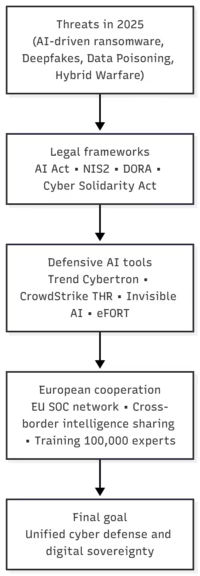
Legal backbone: AI Act, NIS2, and DORA
The AI Act: regulating artificial intelligence risks
Adopted in June 2025, the AI Act stands as the world’s first comprehensive AI regulation. It imposes strict obligations on developers and businesses regarding risk management, model traceability, and training data security.
Implementation will be gradual until 2026, but high-risk sectors such as healthcare, defense, and finance must already comply. The European Union Agency for Cybersecurity (ENISA) will publish quarterly reports on AI vulnerabilities detected in critical infrastructure systems.
NIS2 and DORA: the dual pillars of European digital security
The NIS2 Directive, effective since 2025, expands cybersecurity obligations to over 160,000 European entities. It enforces regular audits, national supervision, and enhanced information sharing between member states.
Meanwhile, the DORA Regulation (Digital Operational Resilience Act), in force since January 17, 2025, specifically targets the financial sector. It requires banks and fintechs to regularly stress-test their systems against attack scenarios, including those involving AI-driven threats.
Together, these frameworks embody the EU’s guiding principle: anticipate rather than repair.
Europe’s path toward digital sovereignty
Beyond regulations and numbers, a deeper shift is underway. Europe is striving to regain control over its cybersecurity, long dominated by American technologies. Initiatives like Gaia-X and the European AI Cloud aim to build a sovereign ecosystem where European data and AI models remain within the continent.
This ambition is paired with a massive training effort: ENISA is funding the creation of AI-cyber competence centers in every member state to train 100,000 experts by 2027.
As summarized by an expert from Thales Europe, “cybersecurity is no longer just a service, it’s an industrial policy in itself.”
Conclusion: Europe enters the era of proactive cyber defense
In 2025, European cybersecurity enters a new phase of consolidation. Threats are intensifying, driven by the rise of AI-powered attacks, but Europe’s collective response is finally taking shape.
With reinforced legal frameworks (NIS2, AI Act, DORA), resilience programs such as eFORT, and cross-border cooperation under the Cyber Solidarity Act, the European Union is methodically building a collective cyber defense grounded in prevention, automation, and coordination.
The goal is not yet fully achieved, but the trajectory is clear: to make Europe a sovereign and resilient digital space, where artificial intelligence becomes not only a threat vector but a core tool for prediction, protection, and defense.
Also read : Cybersecurity in France 2025: Between Resilience and the Rise of AI-Powered Ransomware
Your comments enrich our articles, so don’t hesitate to share your thoughts! Sharing on social media helps us a lot. Thank you for your support!

